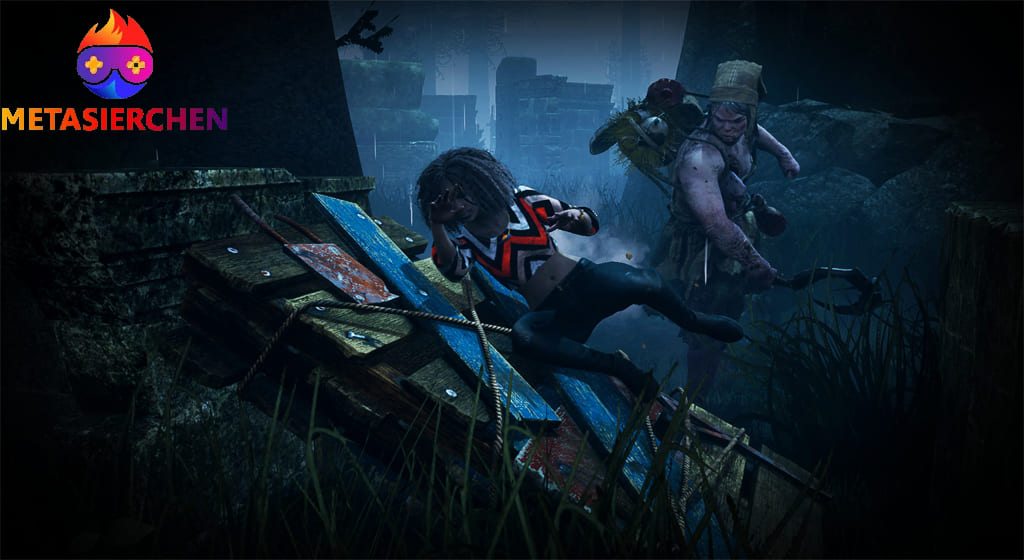Introduction
In the adrenaline-packed world of Survivor Strategies horror games, survival is an art form. These games, designed to test your nerves, often place you in scenarios where the odds are stacked heavily against you. Unlike action-packed shooters or strategy-heavy RPGs, horror games demand a unique approach to gameplay – one where evasion, rather than confrontation, often becomes the key to survival. In this article, we delve into the strategies that can turn you from prey into a master of evasion in the spine-chilling realms of horror gaming.
Understanding the Psychology of Horror Games: Embracing Survivor Strategies
The first step in mastering evasion is understanding the psychological underpinnings of horror games. These games are designed to evoke fear, anxiety, and a sense of vulnerability. The environments are often claustrophobic, the resources scarce, and the enemies formidable. Recognizing these elements and preparing mentally for the challenges ahead is crucial.
Know Your Environment
Familiarity with your surroundings is a critical component of evasion. In horror games, the environment itself is often as much of a threat as the enemies. Learning the layout of the game world – the hiding spots, the shortcuts, the safe zones – can be the difference the trapper between life and death. Games like “Silent Hill” or “Resident Evil” often reward players who take their time to explore and remember key locations. Resource management is a common element in horror games. Ammo, health kits, and other essential items are usually in short supply. Effective management of these resources is essential. This means using them sparingly and only when necessary. For instance, in games like “The Last of Us,” choosing when to engage and when to evade can conserve precious resources for more desperate situations.
Master Stealth and Distraction
Stealth is your greatest ally in a horror game. Being able to move quietly and unseen allows you to avoid unnecessary confrontations. Learn to crouch, move slowly, and use cover effectively. In addition, mastering the art of distraction – throwing objects, creating noise to divert enemies – can create the vital seconds needed to escape. Games like “Alien: Isolation” excel in creating tense scenarios where stealth and distraction are key to survival. Every horror game has its own set of antagonists, each with unique behaviors and weaknesses. Understanding these can give you a significant advantage. Some enemies might be sensitive to light, others to sound. Some might be slow but powerful, others fast but weak. By studying their patterns and responses, you can plan your movements more effectively.
Keep Calm and Think Quickly
Panic is your worst enemy in a horror game. When faced with a terrifying situation, keeping calm and thinking on your feet is vital. Quick decision-making can help you evade enemies, find hidden paths, or use your environment to your advantage. Games like “Outlast” put a premium on quick thinking and rapid evasion tactics. Every game has its unique set of mechanics – understanding and leveraging these can greatly enhance your evasion skills. This could involve understanding the save game system, exploiting enemy AI limitations, or using game-specific features (like the “sanity meter” in “Amnesia: The Dark Descent”) to your advantage.
Practice Patience and Timing: Essential Survivor Strategies Techniques
Patience is a virtue in horror games. Rushing in without thinking is a recipe for disaster. Learning to wait for the right moment to move or act is crucial. Timing your actions – whether it’s sneaking past an enemy or running for an exit – can often keep you alive. No single strategy works for all situations in horror games. Being adaptive is key. Sometimes stealth is the best approach, other times a quick sprint to safety is necessary. The ability to quickly switch strategies as the situation demands is a hallmark of a skilled player.
Harnessing Survivor Strategies in Horror Gameplay
Light and darkness are powerful elements in horror games. While light can reveal your position, it can also be used to your advantage – to distract or temporarily disable enemies. Conversely, darkness can be a perfect cover, but it also heightens the fear factor, making navigation more challenging. Every failure is a learning opportunity. In horror games, understanding what went wrong in each encounter can help you refine your strategies. This learning curve is steep, but it is also what makes these games so engaging and rewarding.
Conclusion
Mastering the art of evasion in horror games is about understanding the unique dynamics of the genre. It requires mental preparation, strategic thinking, and the ability to adapt to ever-changing, often terrifying scenarios. By honing these skills, you can transform your gameplay experience from mere survival to a masterclass in evasion. Whether you’re navigating the zombie-infested streets of “Resident Evil” or the eerie corridors of “



